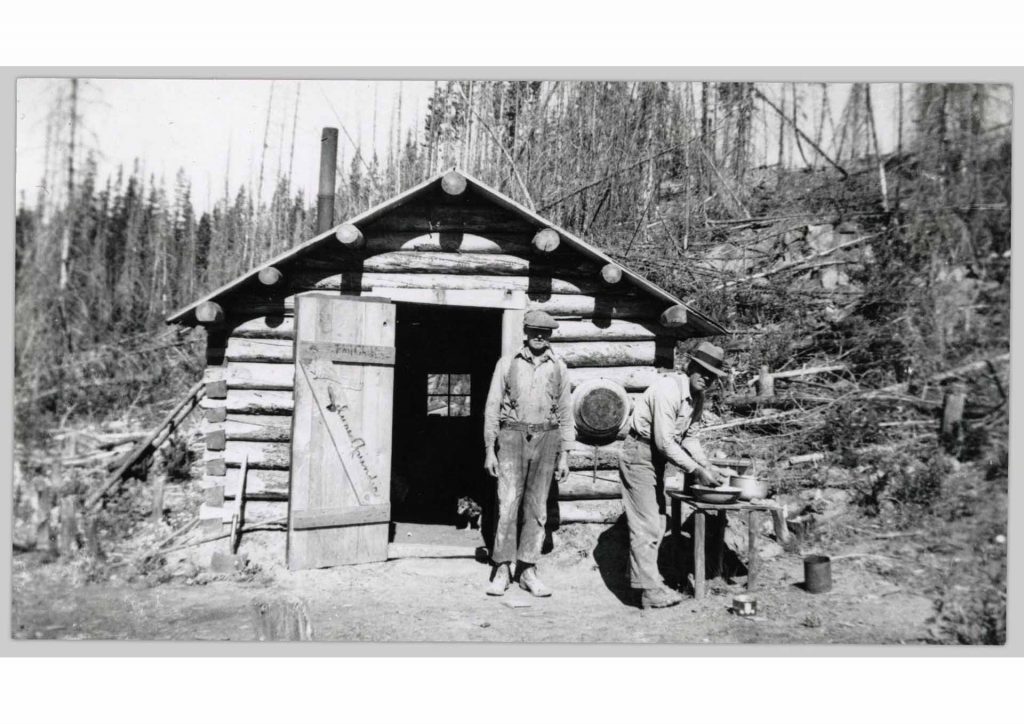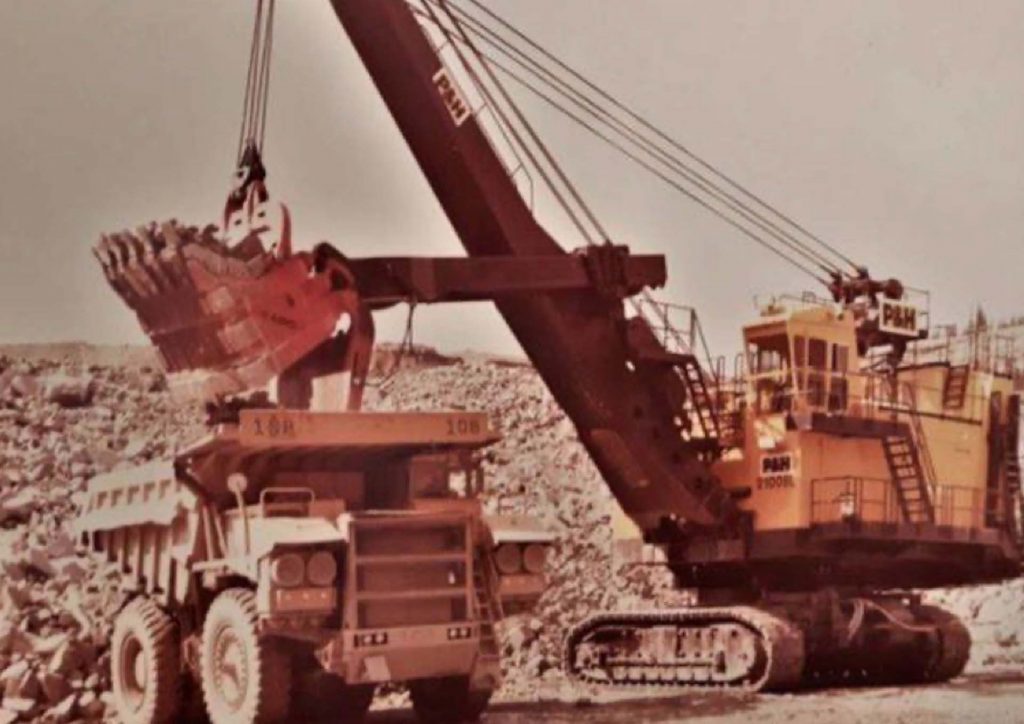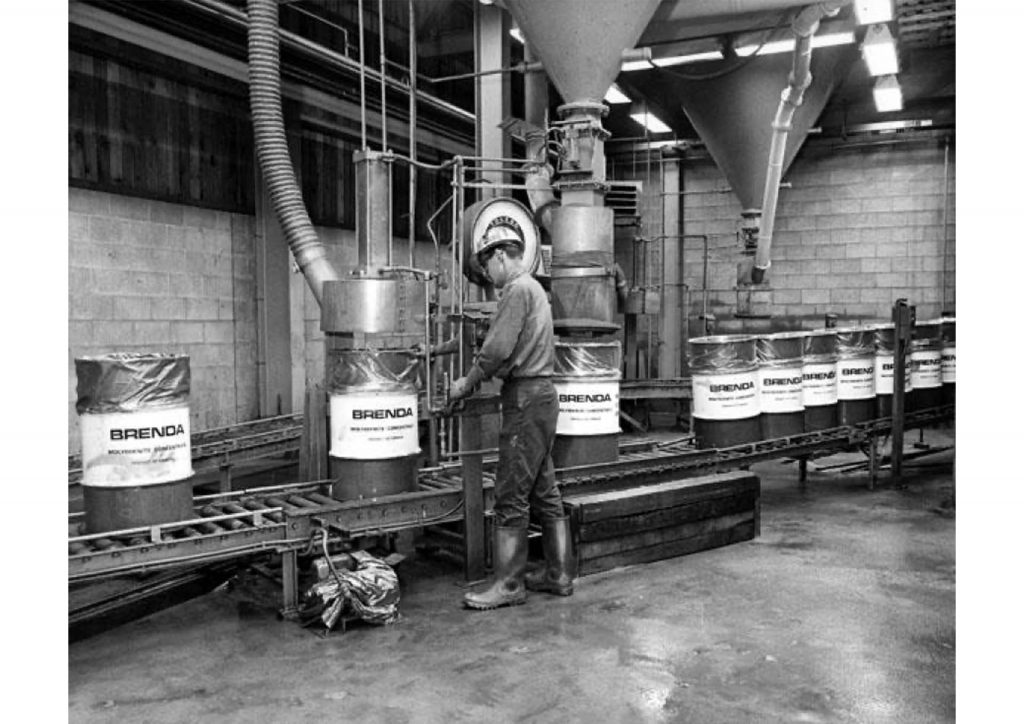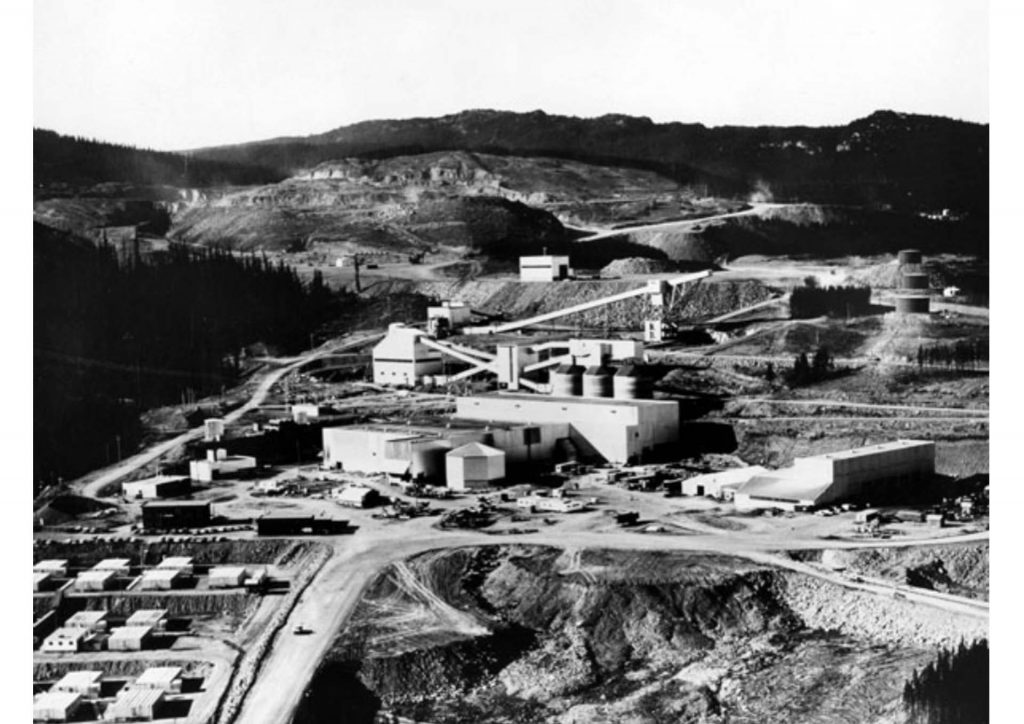Westbank can speak of two mines in its history. The most popular being Brenda Mine, a copper-molybdenum mine. The excavation is located approximately 22 km northwest of Peachland and was operated by Brenda Mines LTD from 1967 to 1990[1].
The earliest account of the Brenda prospect can be traced back to a report written by Dr. H.MA Rice in 1944[2]. However, the report did not draw any significant attraction from the mining industry, and extraction did not begin until the 1960s. In 1995, further exploration of the property was undertaken at the request of the owner and Penticton prospector, Bob Bechtel. The results showed that the copper extracted was far from ore grade. Furthermore, there was no market established for the molybdenum found in the mine. The following year, Noranda proposed a joint venture with the American company Kennecott, a major producer of molybdenum, which was successively approved.
In 1957, further exploration commenced, including the first induced preparation polarization program in British Columbia [3]. However, during the winter of 1957-58, both Noranda and Kennecott withdrew from the Brenda project, and the property was returned to Bechtel. In 1967 after much technological advancement, it was finally decided that the Brenda mines should be brought into production, and management control was officially assumed by Noranda. By its official opening in 1970, there were roughly 19,600 tonnes extracted daily [4]. The mine employed 2,200 people between 1970 and 1990[5]. Mining operations continued on-site until 1990 when the ore was depleted. The Brenda mine produced 278,000 tonnes of copper, 66,000 tonnes of molybdenum, 125 tonnes of silver, and 2 tonnes of gold [6]. In the process, 300 million tonnes of rock were removed in order to develop 182 million tonnes of ore. Throughout its 23 years of operations, no water from the mine was discharged into the environment, with one exception. The water was directed to tailings ponds and was eventually stored in the pored of the tailing solids [7]. Today, the excess water diverts into the open pit, subsequently becoming a lake [8].
The second and less known mine situated on the Westside was the Blue Hawk Mine. The mine is located on the East slope of Blue Grouse Mountain. The property has a history of extensive exploration since the 1930s [9]; however, due to low levels of minerals found, no excavation has been undertaken. In 1935, after some surface trenching and underground operations, 5 tons of ore was extracted, which produced 5 ounces of gold and 18 ounces of silver [10].
Exploration was halted until the 1960s when Dawood Mine Ltd performed a further examination on the soil and geophysical aspects of the property. The project continued until the 1970s, throughout the duration of the exploration numerous anomalies of minerals were found scattered throughout the property. However, no excavation happened. Since then, several projects surveying the area have happened, the latest one to date, which occurred in 2005, which resulted in a weak copper-gold anomaly [11].
[1] https://www.peachland.ca/history2
[2] http://www.archivos.ca/?p=205
[3] http://www.archivos.ca/?p=205
[4] https://www.peachland.ca/history2
[5] https://www.brendamines.ca/en/history/Pages/default.aspx
[6] http://www.archivos.ca/?p=205
[7] https://www.peachland.ca/history2
[8] https://www.peachland.ca/history2
[9] https://webfiles.thecse.com/sedar_filings/00036483/1512241247380190.pdf
[10] https://webfiles.thecse.com/sedar_filings/00036483/1512241247380190.pdf
[11] https://webfiles.thecse.com/sedar_filings/00036483/1512241247380190.pdf





